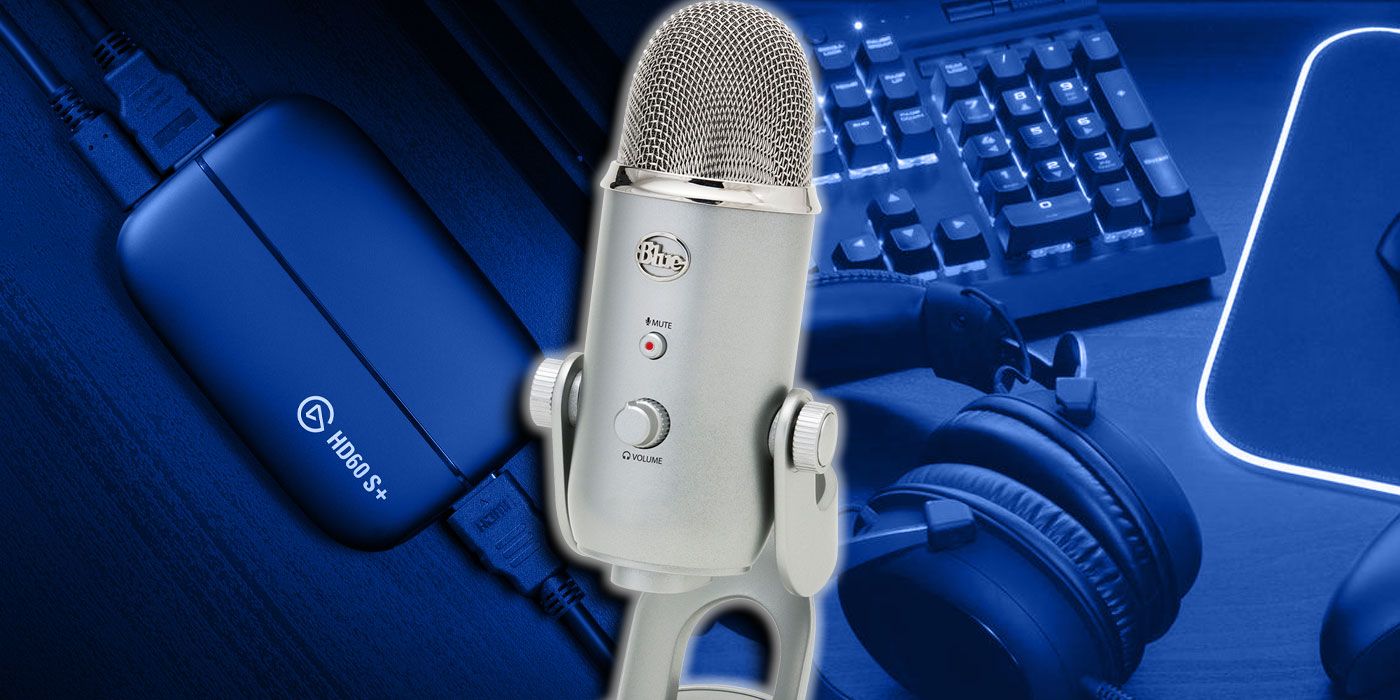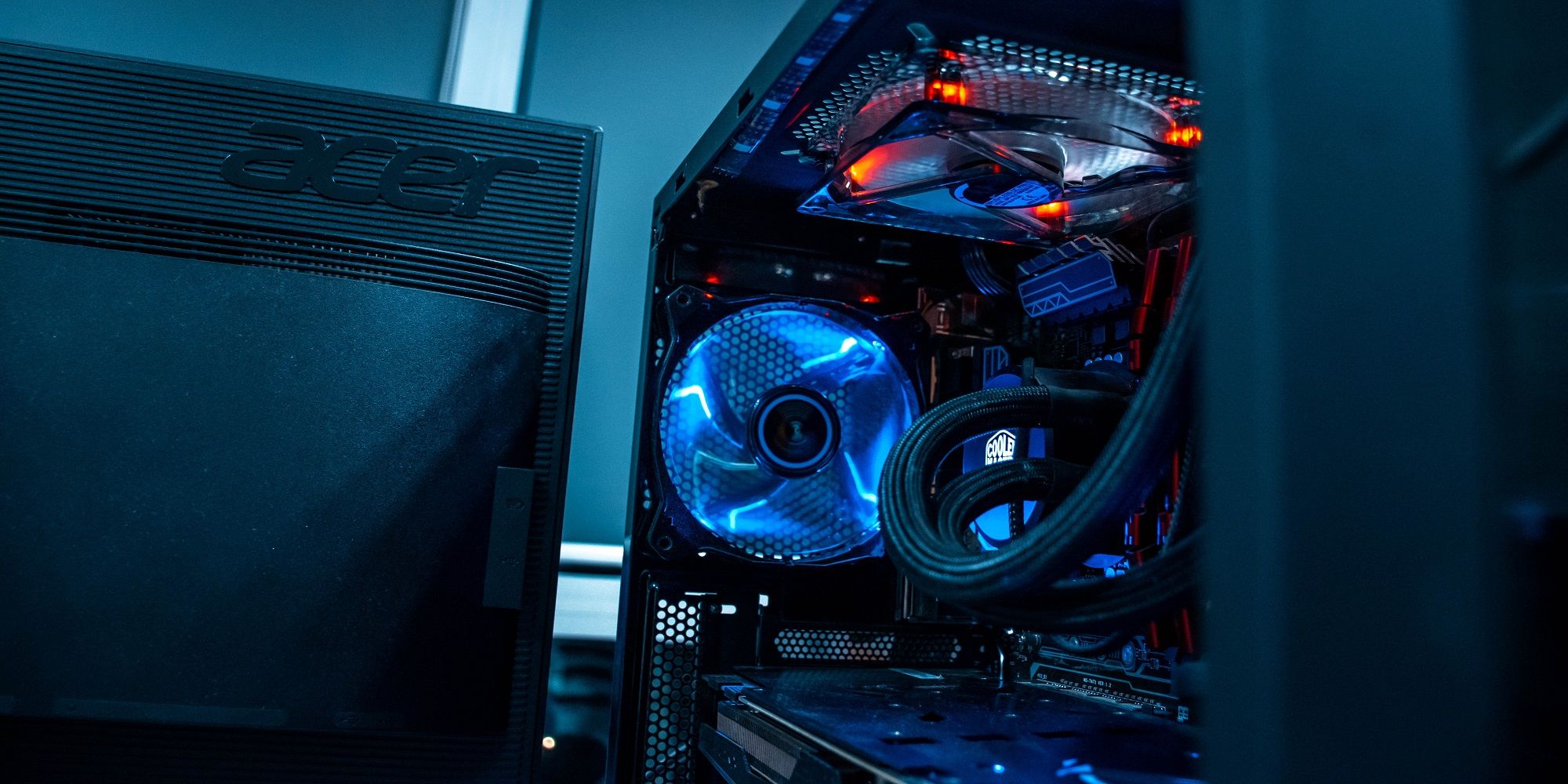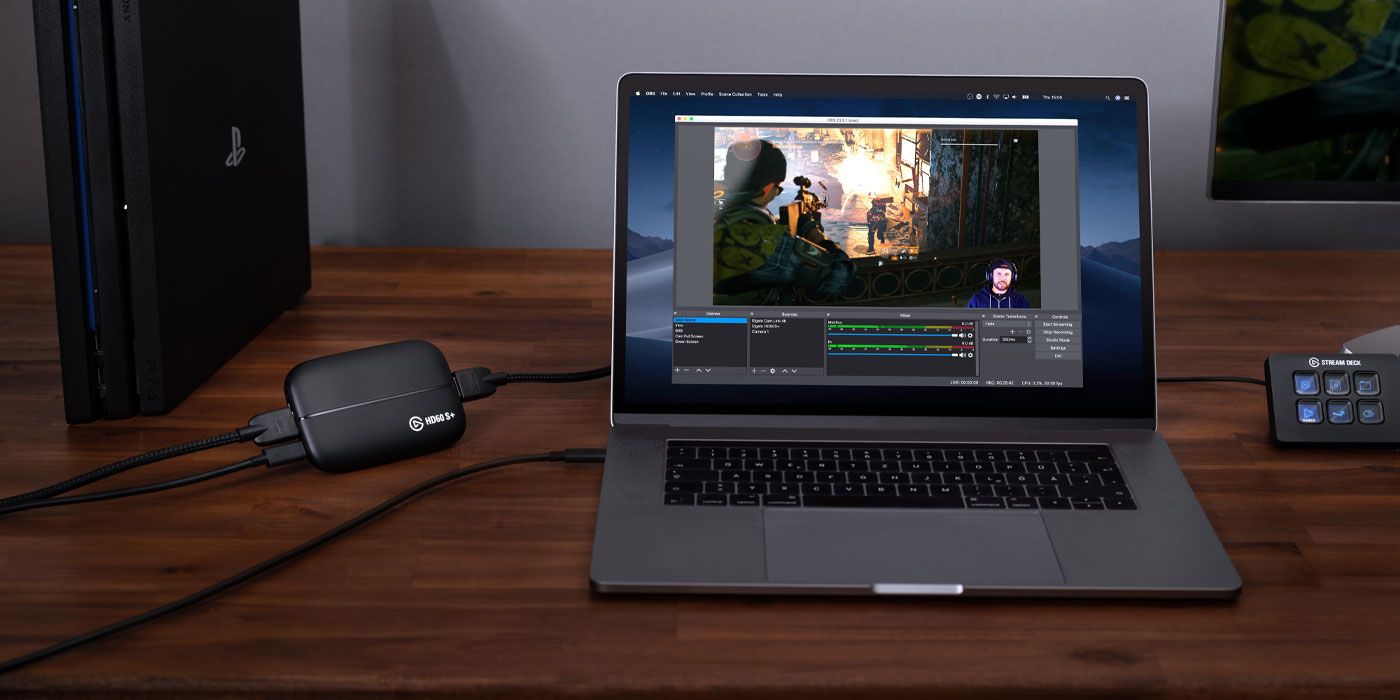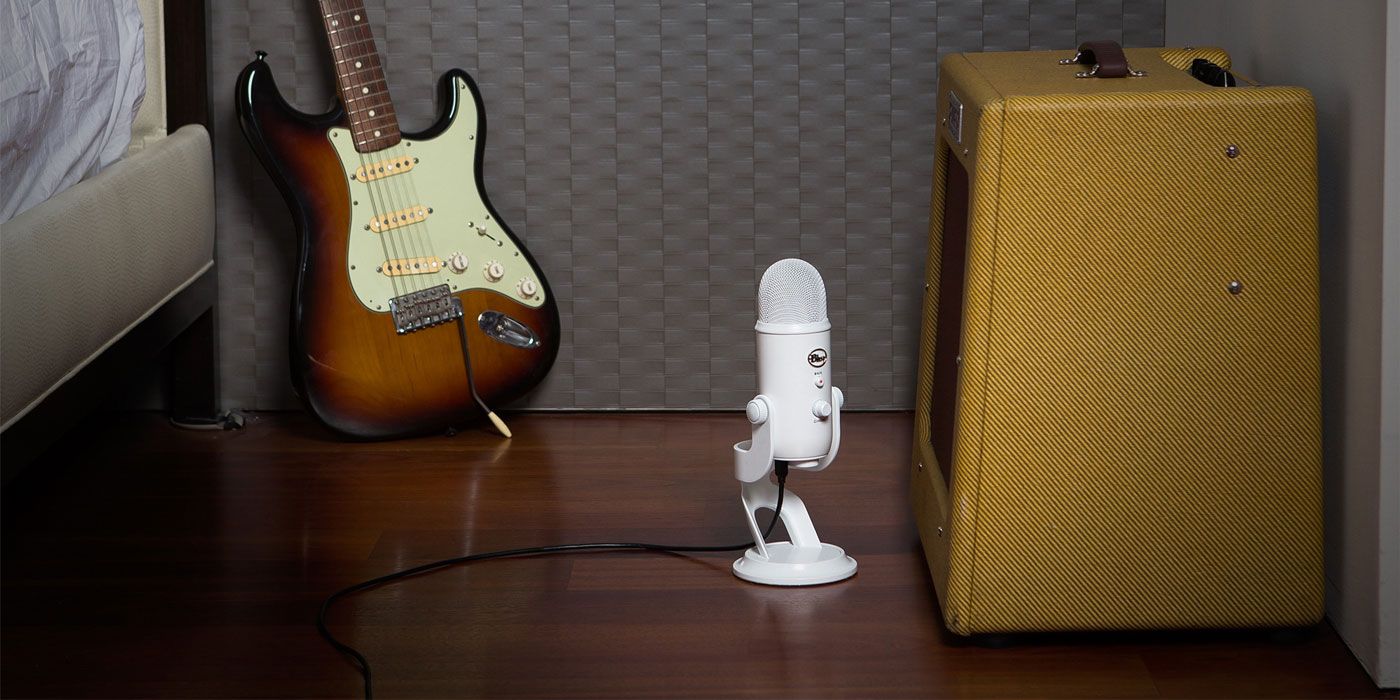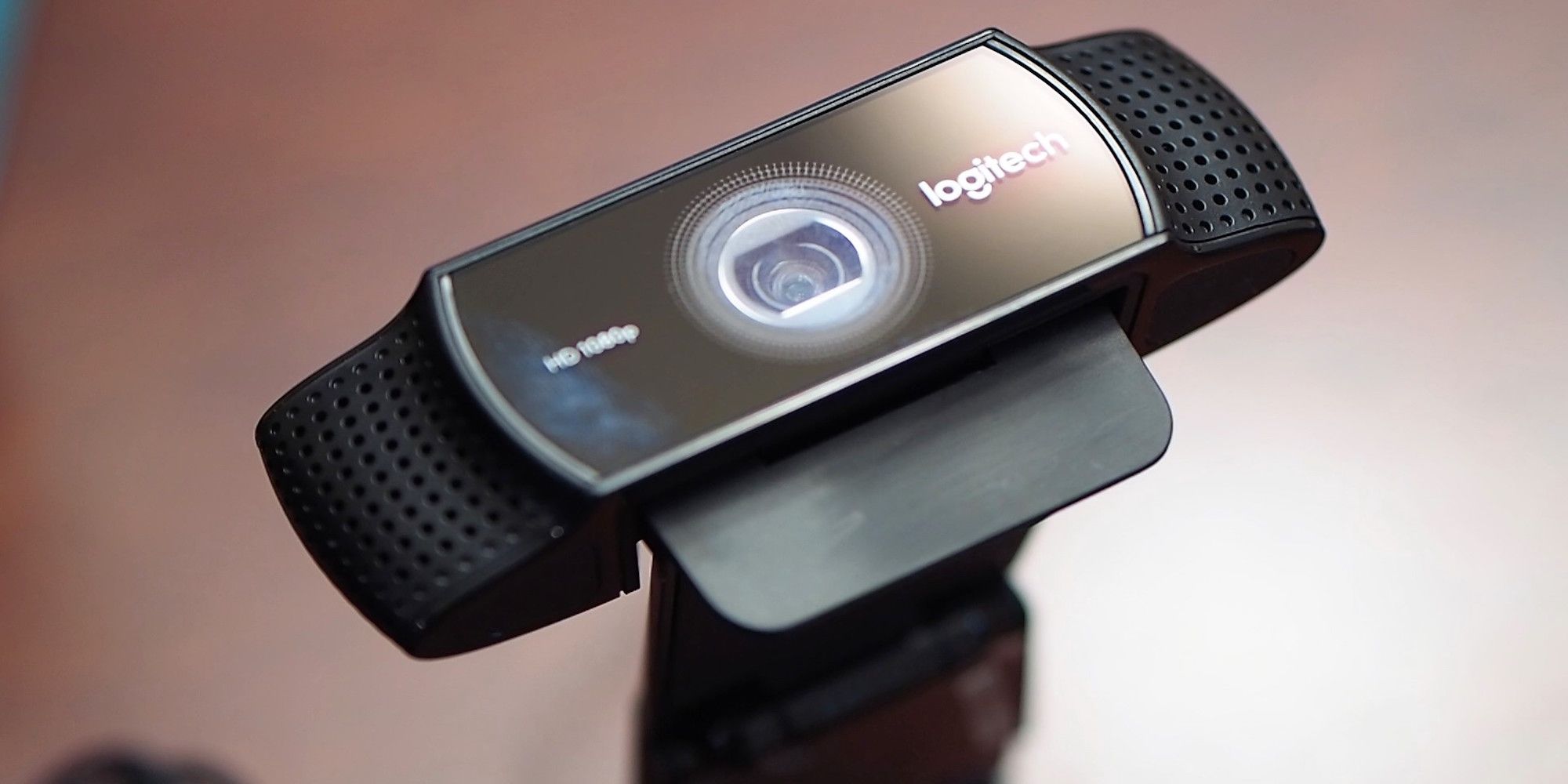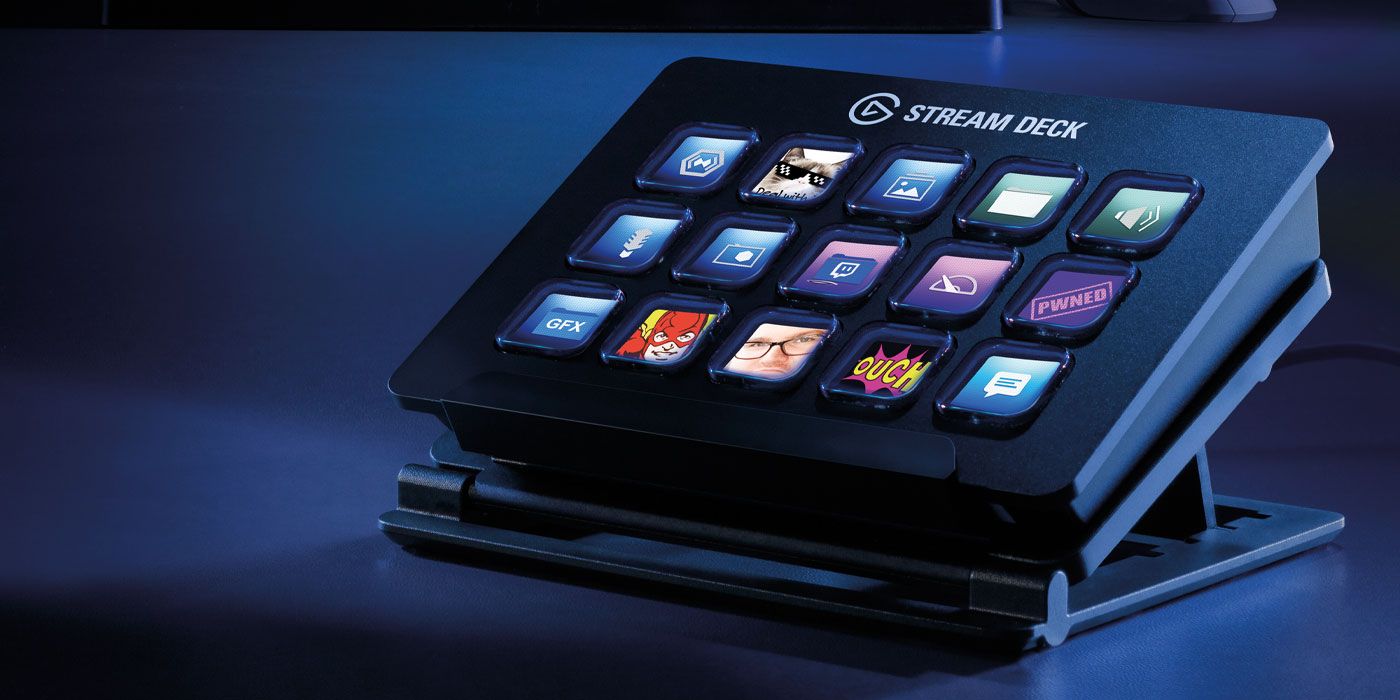With the on-going Coronavirus (COVID-19) pandemic, you've probably heard about the uptick in live streaming. Streaming gameplay to Twitch, Facebook Gaming and other platforms was already a booming business, but it's only gotten bigger with everyone stuck at home.
We've been dabbling in a little streaming at CBR as well with our new Twitch page. As for me, I've been streaming for a while now and slowly upgraded my setup over the last several years. I'm far from where I was as a beginner, but honestly, the gear you can start with now is way more affordable and much better quality than it was even five years ago. Whether you're just starting and dream of going big, or you're a hobbyist looking to join your friends for a Minecraft night, getting the right gear to start your streaming empire doesn't have to break the bank.
MAKE SURE YOUR GAMING RIG IS UP TO PAR
You'll want to decide what you're streaming first and foremost. If you're streaming from a console, you may have the option of streaming directly from your console; both Xbox and PlayStation have supported streaming directly to Twitch since the last generation and offer support for some USB devices. However, you're limited in your stream's design and management, so you'll probably want to send the signal to Twitch from a program like OBS Studio, XSplit or Streamlabs OBS.
Streaming from your computer can be a bear if you don't know what you're doing, so before you get too deep in, you'll want to check the technical specs. Even if you're just streaming from your computer, you'll need enough horsepower to run your game AND the streaming software. Also, make sure you check your ISP's bandwidth with a tool like SpeedTest.net. Twitch has some handy guides for the quality you should aim for when streaming. Personally, I aim for a 6000 bitrate 720P stream rather than 1080P -- this allows me to maintain a stable 60 FPS stream when possible and makes it easier for viewers on slower connections to view streams. Your mileage may vary.
I've personally used OBS Studio for years, but programs like Xsplit and Streamlabs OBS have several great features as well. They're mostly free (though some may have limitations that require premium memberships) but have versions for Windows, Mac and Linux so you can get up and running. Don't be afraid to experiment and find the solution that's best for you! You can check the official documentation or search YouTube and you'll find plenty of tips and tricks for getting these programs running.
PICK THE RIGHT CAPTURE CARD
If you want to stream from your console and use third-party streaming software, you'll need a capture card. The capture card is the interface that allows you to send the video and audio from your gaming console to your PC.
If you're using a modern console, it's relatively easy. The Xbox 360 and later and PlayStation 4 and later will both interface over HDMI with no real problems (the PS3 has a built-in HDCP meant to deter piracy, so it will require a capture card that supports Component or A/V cables). Elgato remains the standard among most streamers, and which model you choose will be up to the rig you have. If you're running a desktop, you could opt for an internal capture card like the Elgato 4K60 Pro (which is what I use for my streams). The internal card is a little more involved to install if you don't know your way around a computer, but the ultra-low latency provided by installing directly to the motherboard makes a world of difference.
If you're looking for something a little easier to set up or perhaps need to use a laptop instead, you could always go with an external capture card. Elgato again remains the most popular band here, with the Elgato HD60S+ being the newest model. These have a little more latency due to the USB connection's nature, so you may have to play with audio and video delays in your streaming software. However, it'll give you a crisp, stable 60 FPS image up to 1080P without having to dismantle your desktop, which may be all some gamers want.
GET A GOOD MICROPHONE (AND PREFERABLY A POP FILTER!)
Alright, you've got your computer set up, and your capture card is sending the signal to your software, so now it's time to add the most crucial element: you. Streaming is as much about your personality as it is about the games you choose, and for that, you need good audio.
No, seriously, good audio is non-negotiable. You can stream at the lowest possible bitrate with the grainiest webcam available, and people will still give you a shot if you sound good. You have to account for a number of your viewers being people who are listening to you in the background while they're working on something else, so if your audio is too low, poor quality or full of static, they're going to go somewhere else.
If you're taking it seriously, you'll eventually wind up with a pretty beefy rig. I started with an old Blue Snowball, but over the years I've upgraded to an Audio Technica AT-2035 XLR microphone through a Behringer USB mixer, which gives me incredibly crisp audio, but I also had to shell out for it over the years. If you're just starting, you just need something better than your laptop's internal microphone. A quality headset like the Razer Kraken or pair of decent Astros may get you set up, but a USB microphone will give you the best bang for your buck.
There are several quality USB mics that can get you started. Blue's Yeti has been a standard for years, but microphones like the Razer Seiren are quickly becoming the norm. Make sure to do the research. Either read user reviews or find YouTubers who specialize in audio reviews. And while you may be shopping on a budget, don't fall into the trap of buying the cheapest microphone you find. A budget mic on Amazon may seem appealing, but the difference in quality you'll get from a generic branded $20 mic vs. a $60-80 microphone from a reputable manufacturer can be staggering. Whichever one you pick up, consider also investing in a decent microphone stand or a desktop mounted boom arm; a decent one should run you around $20, and does wonders for correct microphone placement. You'll also want to consider an inexpensive pop filter to block wind sound and impact from plosives in your speech.
WANT TO BE SEEN?
A facecam isn't necessarily required, and more and more streamers are going without them now. Still, if you want to show your face on stream, you'll want to pick up a decent webcam. Chances are your laptop's built-in cam won't cut it; its placement is going to be at a funky angle, and it doesn't have the responsiveness of a good external camera.
Logitech's webcam line ranges from budget to inexpensive, but as long as you get something that's at least 720P and 30FPS, you should be golden. As with microphones, the larger investment will typically see a better return in quality; Logitech's most inexpensive models will have good resolution and FPS but poor light processing and color balance. Something like the newer Logitech Streamcam or Razer Kiyo will give you really nice image, but they can run almost as much as your capture card.
There are some other options if you're truly strapped for cash, too. You can find some apps that let you turn your cell phone into a webcam and send the video straight to OBS. These do the job reasonably well, as your cell phone probably has a really nice camera on it. Latency can be a concern, though, and a weak wi-fi signal can result in a janky webcam.
EVERYTHING ELSE CAN (PROBABLY) WAIT
There's plenty of other stuff you can get that is entirely optional but may increase your stream quality. A lot of streamers may be tempted to go for a green screen, and there's a number you can get. Elgato's got a couple of pricier models that work great and store away neatly, but you can also find more inexpensive green screens which either mount to your chair or hang on a frame behind you.
Many streamers may also want to splurge on a StreamDeck or similar, and they're super useful. However, they are a bit pricy if you're just starting and don't have a lot of things configured. Elgato recently began offering a mobile Streamdeck which is great on a budget, and there are some free options like the excellent TouchPortal, both of which allow you to control your streaming software via your mobile device. Streamlabs OBS also has a similar mobile app functionality built-in.
No matter where you start on your streaming journey, it's all a matter of taking the time to do your research and set things up right. Stick with reputable brands you trust and put the focus on your personality and the games you stream rather than trying to wow viewers with a flashy setup you can't afford to run, and you'll do just fine.

